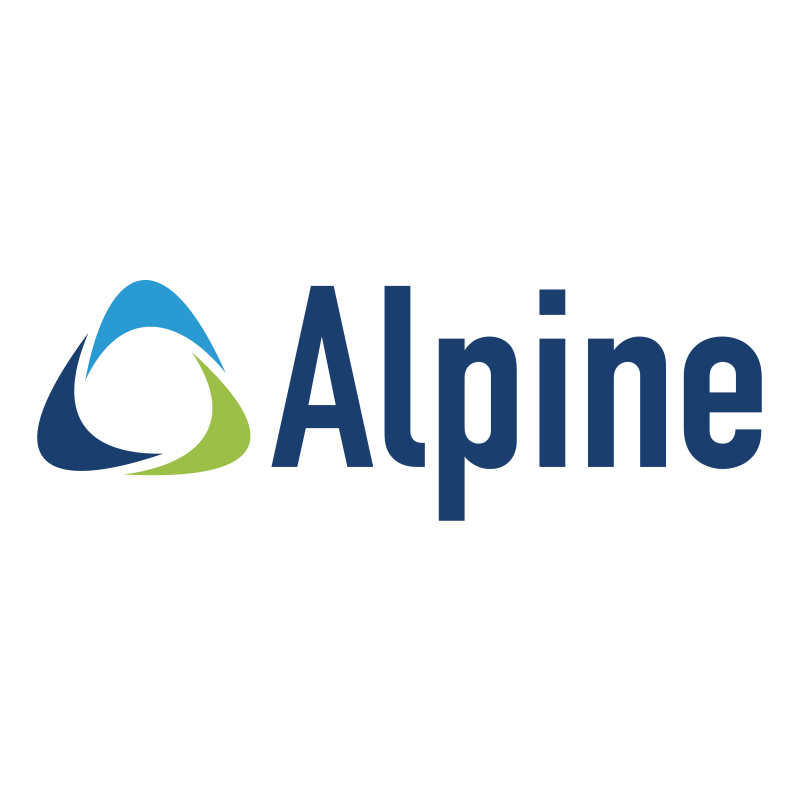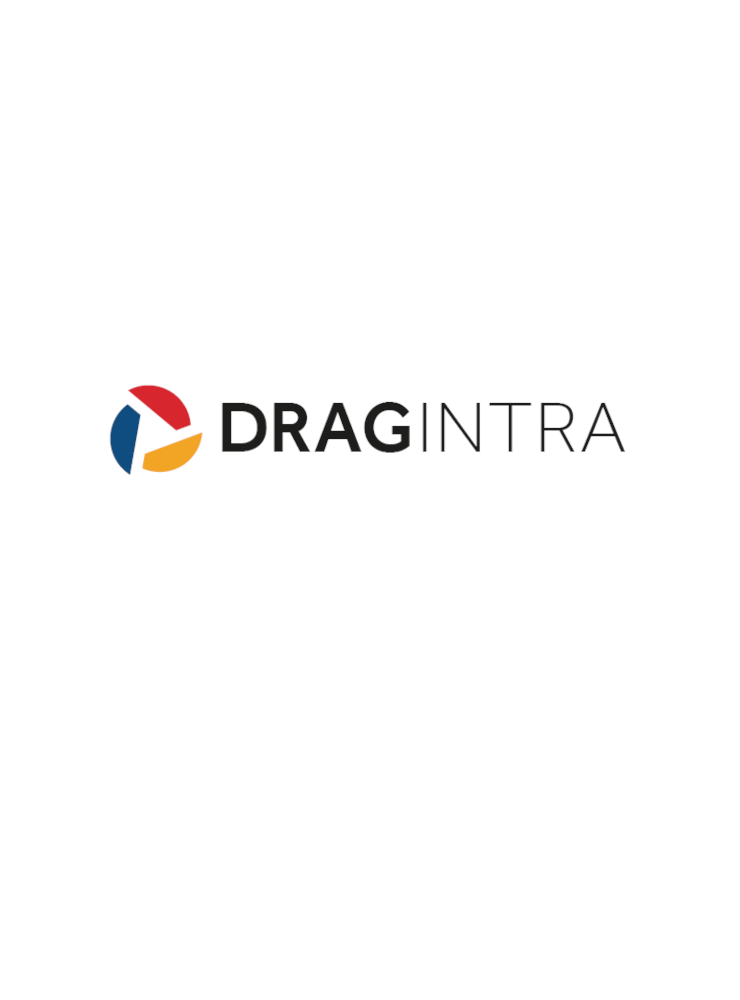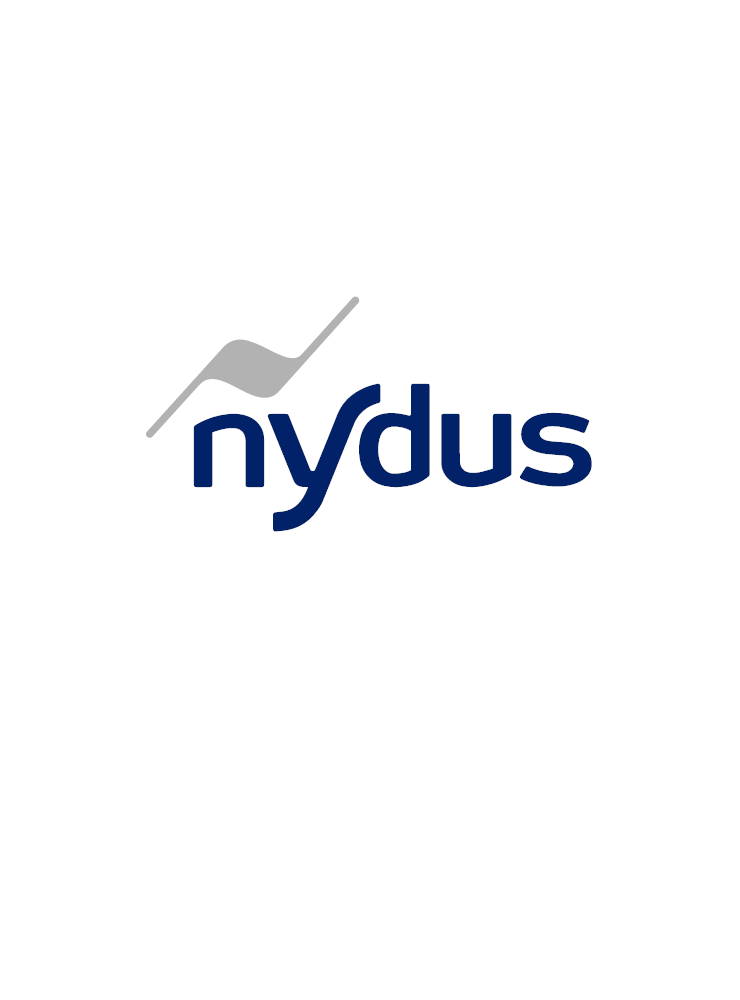The starting point: A strong company with a long road to faster growth
When Stephen Price stepped in as CEO in March 2024, Alpine was a healthy business and a well‑respected U.S. market leader in psychometric consulting and test security services for credentialing and licensure programs, serving many of the world’s largest technology companies. But growth had plateaued. As a 100% employee‑owned company, Alpine relied on reinvesting net profits while meeting complex employee stock ownership plan (ESOP) obligations – making self‑funded M&A or rapid expansion difficult. Traditional private equity or venture models didn’t fit Alpine’s values or ownership structure. That’s why Volaris Group’s buy‑and‑hold philosophy – and its promise of operational autonomy with access to peer networks and M&A support – stood out immediately.
The only reason I entertained the first email was the buy‑and‑hold model. We weren’t looking for a flip—we needed a permanent home and a platform to grow.
– Stephen Price, CEO, Alpine
Why Volaris: Autonomy, permanence, and a platform for M&A
Permanent ownership: Volaris acquires and never sells, aligning with Alpine’s people‑first culture and long‑term customer commitments.
Operate as Alpine: Keep the brand, leadership, and day‑to‑day decision‑making, with support where it matters.
Network effects: Access to the broader Constellation Software ecosystem – leaders, playbooks, and peers who’ve solved similar problems.
A new home category: Alpine became the first company in Volaris’ emerging Workforce Management vertical, opening a path to acquire and partner with complementary businesses.
Volaris offered what we needed most: autonomy plus a bigger engine – capital, community, and M&A expertise – to help us reach our North Star faster.
– Stephen Price, CEO, Alpine
A unique path to close: ESOP complexity, transparent partnership
Unlike a typical founder‑led sale, Alpine’s ESOP introduced a third decision‑maker: an independent trustee representing employee‑shareholders. The transaction required navigating Employee Retirement Income Security Act (ERISA) considerations, three legal teams, and rigorous diligence. Despite the complexity, the deal moved from first conversation to close in nine months – a timeline Stephen credits to transparency on both sides and a tightly managed communication plan.
Early integration: Secure by design, mindful about change
Six weeks post‑close, Alpine’s watchwords were business as usual for customers and teams, with targeted changes where they add value.
Security & IT: Additional Volaris security layers were implemented without workflow disruption.
People operations: Transition to shared systems (Workday/ADP) was intense but well supported by the Smith Portfolio onboarding team.
Finance & reporting: Moving to Volaris’ strategy reporting methodology has been the biggest adjustment due to Alpine’s services‑and‑software mix.
Benefits alignment: Volaris’ standard benefits differ from Alpine’s historically generous ESOP‑era plans, balanced by a company‑wide bonus program.
Early outcomes: Key clients have been retained since close and Alpine experiences continued customer confidence, with clients welcoming the added stability of a permanent owner while continuing to work with Alpine as they have always done.
Product & market evolution: From services‑led to software‑led
Alpine began as an assessment‑services firm and launched its credentialing platform CM Connect (formerly CertMetrics) in the late 2000s. In 2024, for the first time, software revenue overtook services, validating the company’s strategic shift. Under Volaris, Alpine is advancing three growth tracks: core product momentum, selective M&A, and geographic expansion, with Japan positioned as the first non‑U.S. market.
The Volaris effect: Community, playbooks, and pragmatic AI
Beyond capital, Alpine is tapping the peer network for concrete wins: go‑to‑market uplift through shared best practices, operator‑to‑operator learning, and a shift from “AI as buzzword” to AI with P&L impact. The company is focused on augmenting teams to 1.5-2× their output, not replacing them, and adding revenue‑generating AI features to its roadmap.
We’re focused on augmenting people to 1.5-2× their output, not replacing them. That’s how AI moves profitability without losing what makes Alpine unique.
– Stephen Price, CEO, Alpine
Looking ahead to 2026: Partnerships, logos, and leadership pathways
Looking ahead to 2026, Alpine is focused on converting momentum into a visible market presence. A set of major partnerships is slated to go live, placing Alpine into new stages of the test‑taker journey through product integrations that expand relevance without diluting focus. Commercially, the team is pursuing a flagship global IT brand after a multi‑year courtship – an emblematic win that would underscore Alpine’s shift to a software‑led growth engine. Internally, growth will open new roles and career pathways, giving high performers room to step into broader responsibility within Alpine and, over time, across Volaris – while preserving the culture that has kept teams engaged and customers loyal.
Advice to other CEOs exploring a sale
If permanence, autonomy, and doing right by your people matter, put Volaris on your shortlist. They stood behind what they promised and matched our direct, transparent approach.
– Stephen Price, CEO, Alpine
Key takeaways
- Buy‑and‑hold + autonomy preserved culture and customer continuity while unlocking scale.
- ESOP complexity requires a steady, transparent process – Alpine and Volaris kept the circle tight and moved quickly.
- Early integration wins in security and people systems; finance conversion is the heaviest lift and is underway.
- Zero customer attrition and positive customer signals validate the communication plan.
- Next chapter: software‑led growth, pragmatic AI, selective M&A, and first steps to global expansion.




